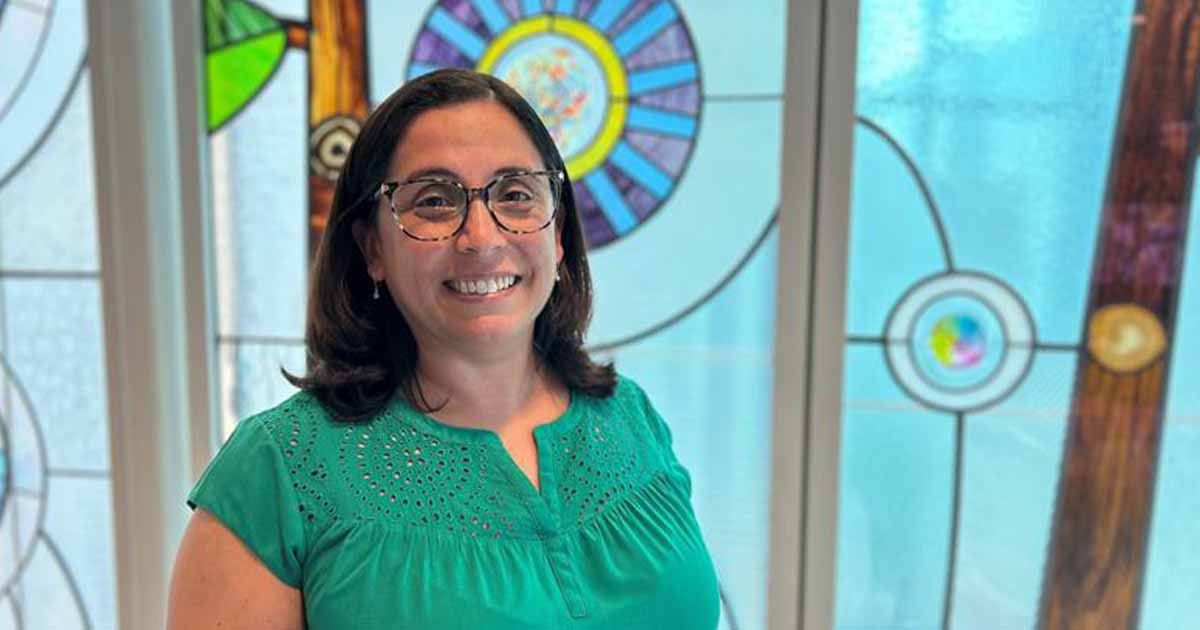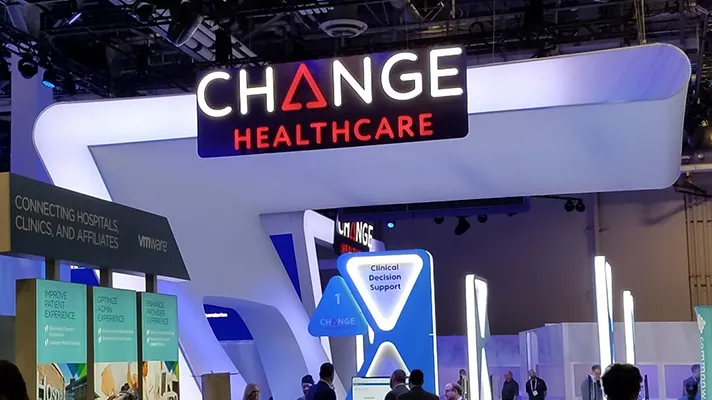The reports out of Haiti are staggering. Some doctors estimate that perhaps 200,000 survivors of the massive January earthquake face the loss of one or more limb. Many observers have called the island "a nation of amputees."
Most of those victims will not be fitted with prosthetics. But thanks to some pioneering technology used to match amputees with makers of artificial limbs in the United States, hundreds will be given the chance at a new limb.
Just days after the catastrophe, officials with Global Relief Technologies (GRT), a Portsmouth, N.H.-based firm that aims to "help organizations in remote or disconnected environments report critical information in real time," were on the ground in Port-Au- Prince, recording patient data and relaying it back to New England Brace Company, a prosthetic manufacturer that's also based in the Granite State.
"At the very first hospital, our team came back with 54 assessments," says Art Cleaves, GRT's vice president of operations for emergency management. "That's 54 individuals, from very young children to adults, who were in absolute need of being fitted." That number has since stretched into the hundreds.
But collecting that data – from basics like age, address, and size measurements to information about patients' lifestyle activity levels – and then communicating it from the island to the mainland isn't done using a pencil, clipboard, and a telephone. Or even a computer.
Instead, members of the GRT team are using advanced handheld PDAs to record crucial information about each patient and then immediately relay it back to New England Brace Company's database – which will eventually also be accessed by physicians, prosthetists, and rehabilitation specialists as earthquake victims enter the next stage of treatment.
The rugged device – called RDMS Collect – is "very portable, very compact" but has "a lot of integrated components," says Chip Peter, CTO of Global Relief Technologies. Beyond its communication capabilities (phone, e-mail, messaging), each device is equipped with a camera and multimedia to document the injury, a GPS to record the location of the patient, and a barcode reader, which can be used to scan a patient's wristband and thereby "confirm and maintain information about that patient consistently throughout the support cycle."
All that data is "matched up with the picture and then coordinated and sent up to a database," says Peter.
For her part, New England Brace Company general manager Karen Acton is very impressed. While noting that the GRT collaboration has been "completely out of the ordinary," from what her company is used to, she says she's been amazed at the efficiency and speed of communication between her office and the volunteers in Haiti.
"It's amazing how much we've gotten accomplished," she says. "So far the information that they're uploading is allowing me to really figure out our current needs, and I'm starting to get my team together and choose what area we're going to be concentrating on. The numbers are obviously more than my company can handle, so I've been in contact with a lot of my colleagues. We're collaborating with other professionals throughout the country to really make sure everyone gets what they need."
In the past, Acton notes, "you'd just go down there and have no idea what you were going to face. But this is really going to allow us to focus, which is fantastic."


